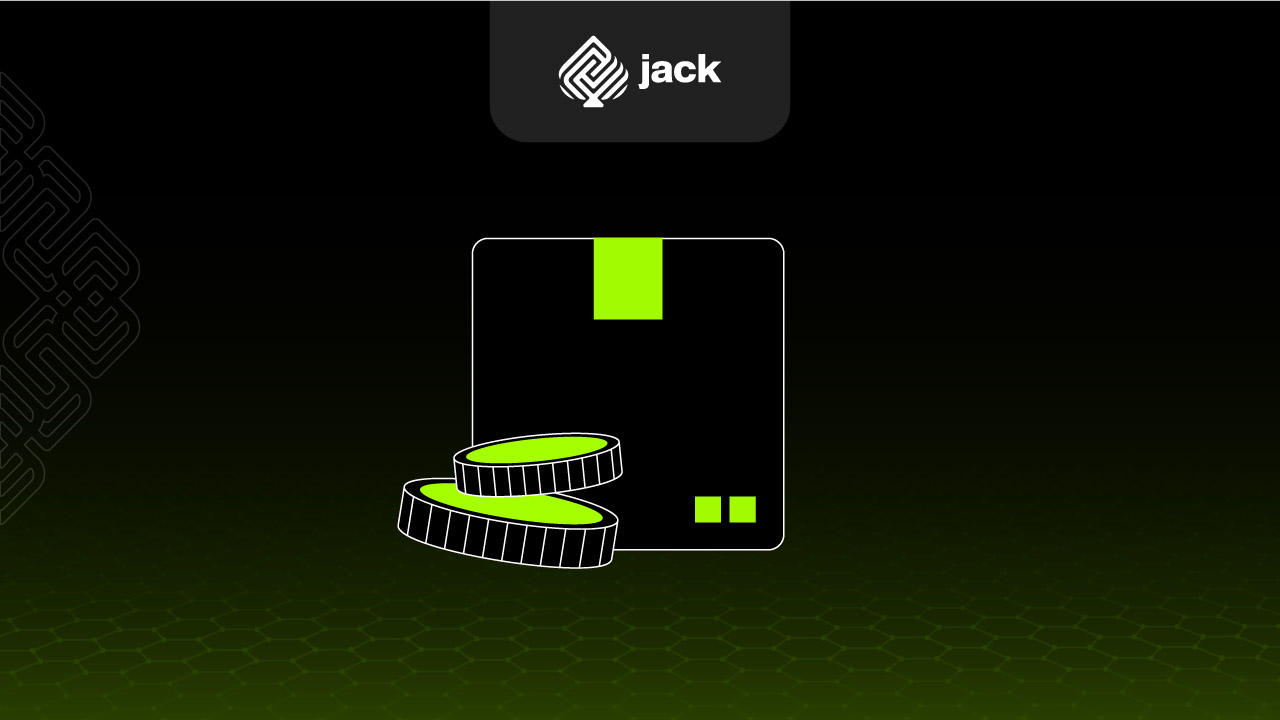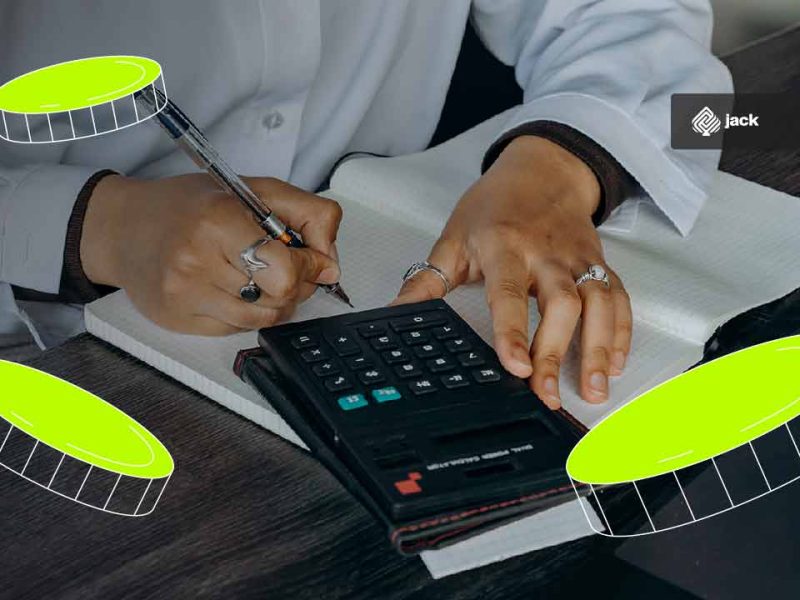Every entrepreneur, especially those new to the world of business, often hears the term “Cost of Goods Manufactured” (COGM). While it might sound simple, COGM actually plays a very important role in running a business. Without accurate calculation of production costs, a business may end up setting the wrong selling price, which could negatively affect profits.
In this article, we will discuss everything related to calculating COGM, from its definition and the components that make up the COGM, to the correct way to calculate it with real examples. You will also find useful tips on how businesses can manage costs more efficiently. Read on to find an easy way to calculate COGM that works for your business!
Also Read: Easier, Automatic, and Real-Time Transactions with API Disbursement
What is Cost of Goods Manufactured (COGM) and Why Is It Important?
Before diving into how to calculate it, let’s first understand what Cost of Goods Manufactured (COGM) means.
According to BDC.ca, the Cost of Goods Sold (COGS) is the sum of all direct costs associated with making a product. It appears in the income statement and generally includes money spent primarily on raw materials and labor.
These costs exclude expenses related to marketing, sales, or distribution. In other words, COGS only includes direct costs necessary to produce the product, while other costs such as marketing or distribution are not included in the COGM calculation.
Knowing your COGM accurately is essential because this number helps a business determine the product’s selling price. If the selling price is set too low compared to the COGM, the business could incur losses.
On the other hand, if the selling price is too high, consumers might look for similar products at lower prices. Therefore, an accurate calculation of COGM helps optimize profits.
Components of Cost of Goods Manufactured

To calculate COGM, it is important to understand the components that make it up. Every business has fundamental elements that need to be calculated to determine the total cost incurred in the production process. Here are some of the main components of COGM.
1. Raw Material Costs
Raw material costs are one of the largest components of COGM. This includes the cost of purchasing all the materials needed to create the final product. For example, if you run a food business, your raw material costs might include expenses for raw ingredients like rice, flour, or packaging materials.
2. Direct Labor Costs
After raw materials, the next component is direct labor costs. This refers to the wages paid to workers directly involved in the production process, such as machine operators, assemblers, or product packagers.
3. Factory Overhead Costs
Factory overhead, or indirect costs, refers to expenses that cannot be directly attributed to a specific product unit, but are necessary to keep the production process running. These costs can include electricity, water, factory rent, or machine depreciation.
Also read: How to Choose the Best Virtual Credit Card Services
Formula for Calculating Cost of Goods Manufactured

Now that we understand the components of COGM, let’s learn how to calculate it accurately. Generally, the formula to calculate COGM is simple. COGM consists of raw material costs, direct labor costs, and factory overhead costs. The general formula is:
Cost of Goods Manufactured = Raw Material Costs + Direct Labor Costs + Factory Overhead Costs
This formula assumes that you do not have any unsold inventory from the previous month. So, if all raw materials, labor, and overheads have been accounted for in the current period, you can simply use this formula to get the total COGM.
However, if your business has leftover inventory from the previous period that hasn’t been sold, the formula will be slightly different. You need to consider the beginning and ending raw material inventory in your COGM calculation. So, the more complete formula is:
Cost of Goods Manufactured = Beginning Inventory + Raw Material Purchases - Ending Inventory + Direct Labor Costs + Factory Overhead Costs
With this formula, we will include the beginning and ending raw material inventory values for a more accurate cost picture. Let’s look at how this formula works with more concrete numbers.

Example of Cost of Goods Manufactured Calculation
Let’s say you have the following data for a production period:
- Beginning Raw Material Inventory = $5,000
- Raw Material Purchases = $10,000
- Ending Raw Material Inventory = $3,000
- Direct Labor Costs = $7,000
- Factory Overhead Costs = $3,000
To calculate the COGM, simply plug these numbers into the formula we discussed earlier. Here’s how to do the math:
Add Beginning Raw Material Inventory and Raw Material Purchases:
$5,000 + $10,000 = $15,000
Subtract Ending Raw Material Inventory from the result:
$15,000 - $3,000 = $12,000
Now, add the other costs, Direct Labor Costs, and Factory Overhead Costs:
$12,000 + $7,000 + $3,000 = $22,000
Therefore, the cost of goods manufactured (COGM) for this period is $22,000.
Calculating COGM correctly is the first step in running a successful business. It’s also important to understand the components of COGM, such as raw material costs, direct labor costs, and factory overhead, so that production costs can be managed more efficiently. Don’t hesitate to calculate it regularly and use technology to ease the process.
Use Jack for Your Business Needs







